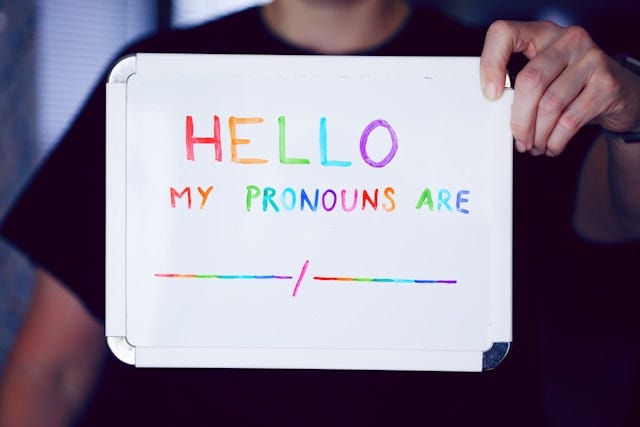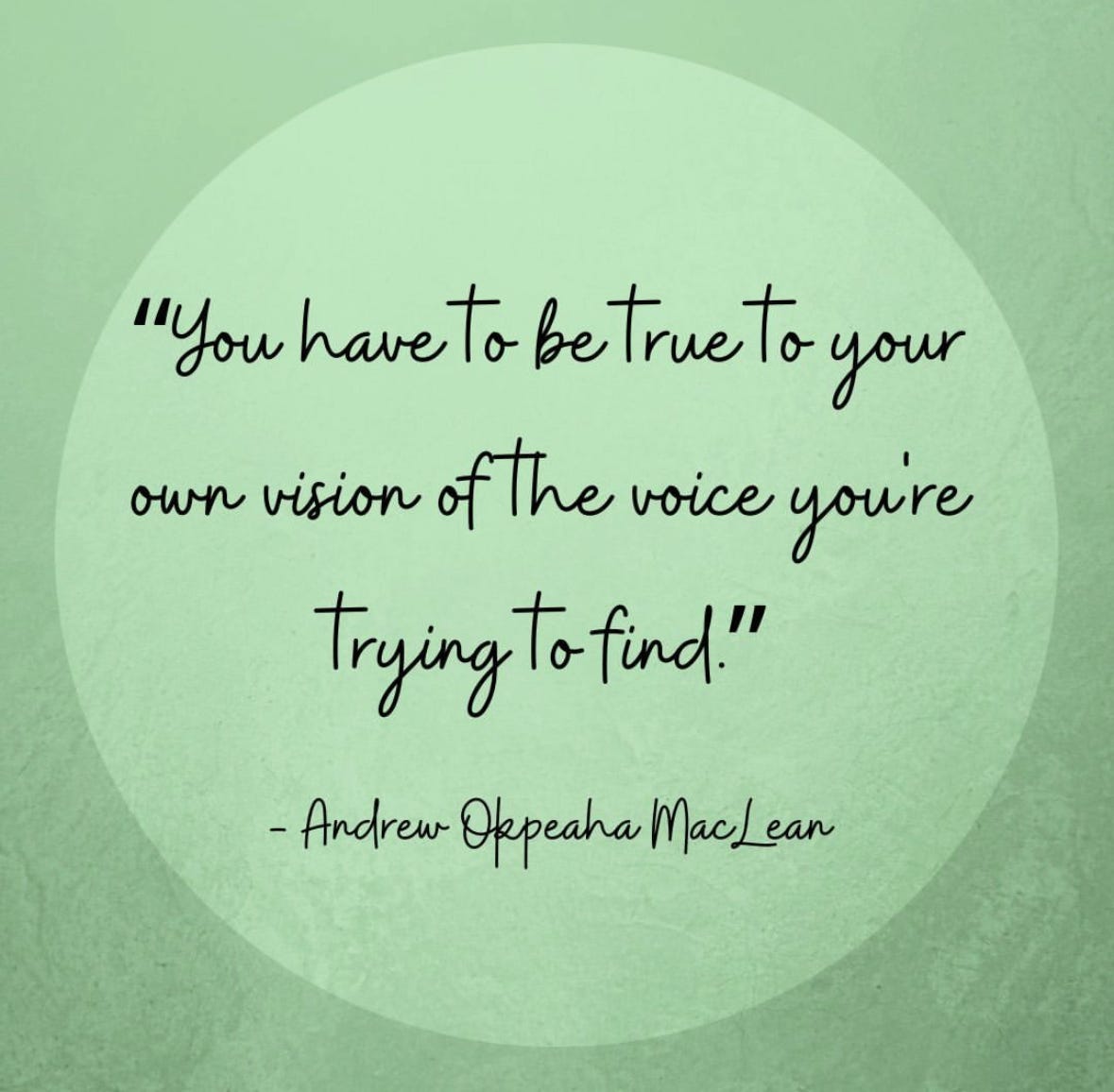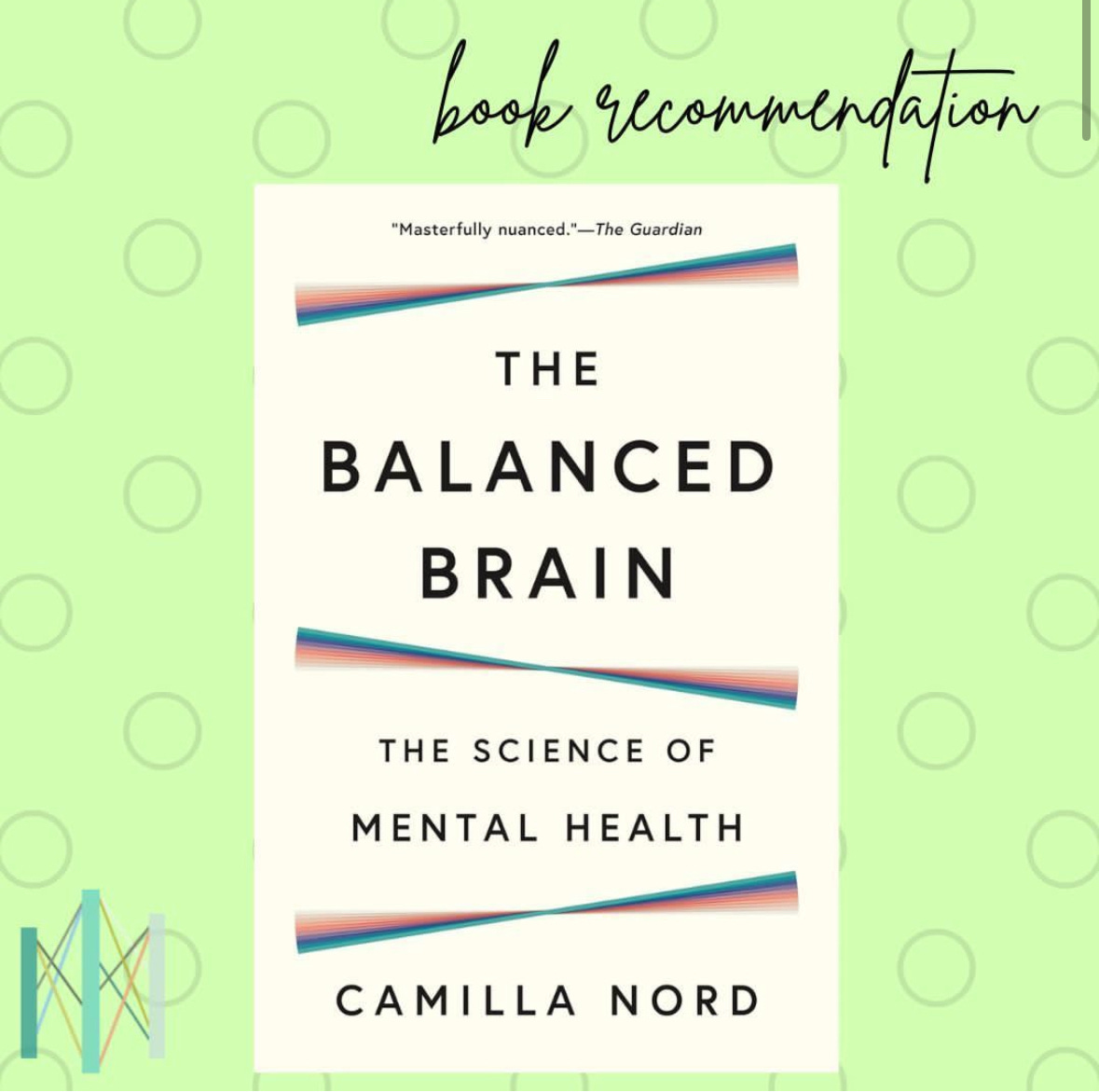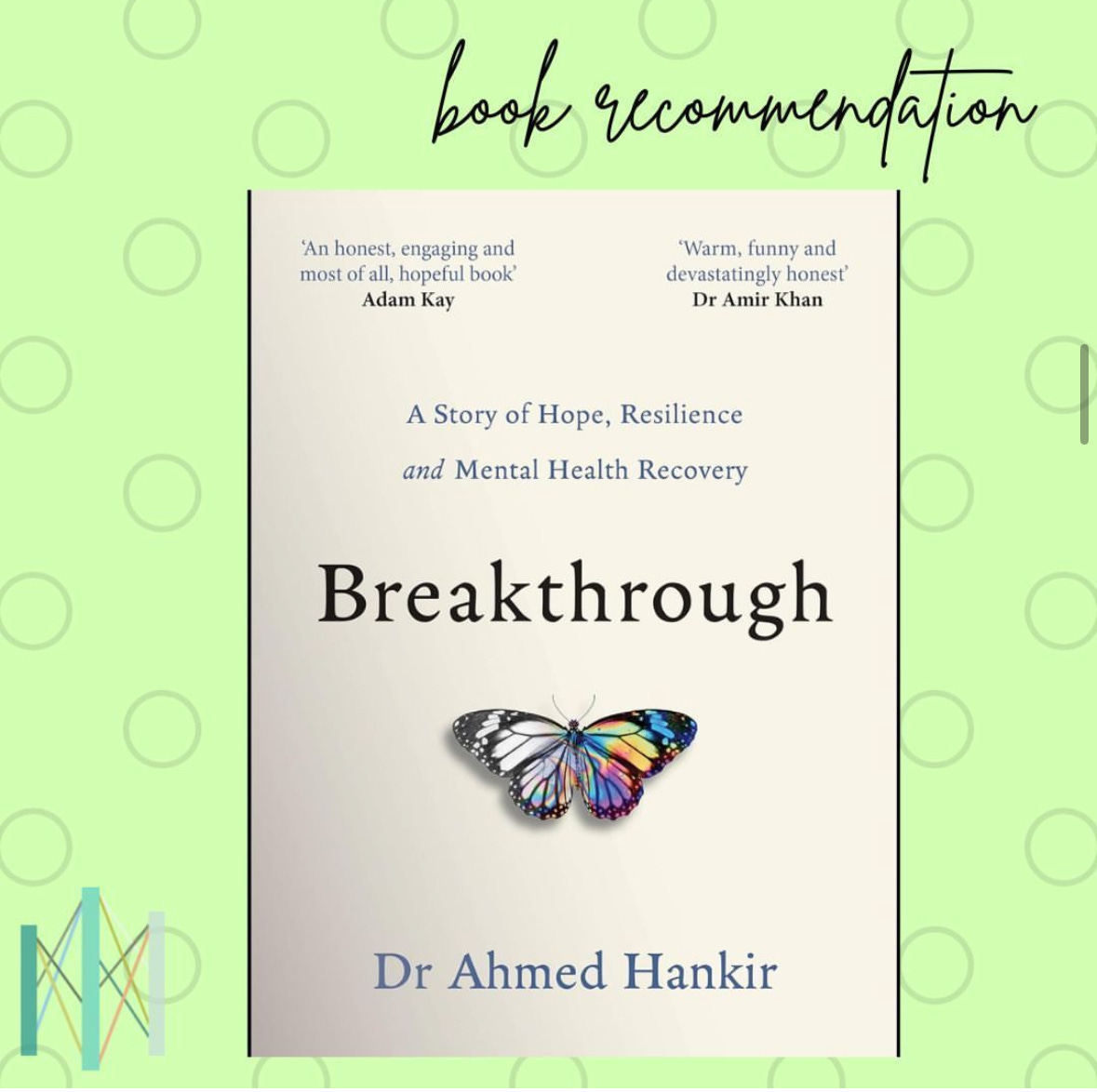Center for Mindful Psychotherapy, June Newsletter
Your monthly newsletter from our non-profit collective of over ~100 Associate Marriage and Family Therapists in the San Francisco Bay Area
Bringing You A Moment of Mindfulness
June is Pride Month, and we are here to celebrate all of our LGBTQ+ therapists, clients, colleagues and allies. It is a time of joy and celebration, a time for recognizing resilience and shared humanity. However, we remain acutely aware of the many challenges that continue to face the community and the impact that this can have on mental health. Therefore, we’ve devoted several articles this month to related topics.
In addition to being Pride Awareness Month, June is also Men’s Mental Health Month and PTSD Awareness month. We have touched on those topics as well and hope that you’ll find something in this newsletter that resonates around these themes.
Before we dig in, though, here's a reminder to take just a moment to land here. You do not need to multi-task. You don't have to think about what's next. Be right here with these words on this page. Listen to your own heartbeat and feel your feet on the ground as you take in these ideas. We are happy to be here in this space with you.
Intersex, Neuroqueer and Transmasculine Mental Health: Embracing Diversity and Addressing Challenges
This month we are sharing information about LGBTQ+ mental health in honor of Pride Month. Much of this information comes from Mental Health America. This post touches on three key specific areas that MHA highlighted this year: intersex, neuroqueer, and transmasculine mental health.
As we celebrate Pride Month, it’s important to recognize the unique experiences and mental health challenges faced by individuals who identify as intersex, neuroqueer, and transmasculine. These identities are not mental illnesses, obviously, but individuals within these categories often face specific mental health challenges due to societal stigma and a lack of understanding. Of course, every experience is unique, so these are simply commonalities that statistics indicate and may or may not be your truth.
Intersex Mental Health
Intersex individuals are born with physical sex characteristics that do not fit typical definitions of male or female. This can include variations in chromosomes, gonads, sex hormones, or genitalia. Intersex is a natural variation of human biology, and there are many different intersex conditions.
Common Intersex Mental Health Challenges
Intersex individuals often face unique mental health challenges due to societal stigma, medical interventions, and lack of awareness:
Stigma and Secrecy: Many intersex individuals grow up in environments where their intersex traits are kept secret, leading to feelings of shame and isolation.
Medical Trauma: Unnecessary medical interventions, often performed without consent during childhood, can lead to trauma and distrust in medical professionals.
Identity and Self-Acceptance: Navigating a society that predominantly recognizes only male and female can create challenges in identity formation and self-acceptance.
Affirming Intersex Identities
Affirming intersex identities involves recognizing intersex as a natural variation, advocating for bodily autonomy, and providing supportive environments where intersex individuals can thrive. Encouraging open discussions and education about intersex variations can reduce stigma and promote acceptance.
Neuroqueer Mental Health
Neuroqueer is a term used by individuals who identify as both neurodivergent (e.g., autistic, ADHD) and LGBTQ+. It reflects the intersection of neurodiversity and queer identities, celebrating the uniqueness of both aspects.
Common Neuroqueer Mental Health Challenges
Neuroqueer individuals often face a combination of challenges related to both neurodivergence and LGBTQ+ identity:
Misunderstanding and Misdiagnosis: Neurodivergent traits can be misunderstood or misdiagnosed, especially when intertwined with queer identities.
Social Isolation: Both neurodivergence and LGBTQ+ identity can lead to social isolation, compounded by difficulties in finding inclusive communities.
Sensory Overload and Anxiety: Navigating social expectations and environments that do not accommodate neurodivergent needs can lead to sensory overload and anxiety.
Affirming Neuroqueer Identities
Affirming neuroqueer identities involves creating inclusive spaces that respect both neurodivergent and queer experiences. This includes advocating for sensory-friendly environments, promoting neurodiversity education, and supporting self-advocacy in neuroqueer individuals.
Transmasculine Mental Health
Transmasculine is a term used to describe individuals assigned female at birth who identify more with a masculine gender. This can include transgender men and non-binary individuals who present or identify with masculinity.
Common Transmasculine Mental Health Challenges
Transmasculine individuals often face specific mental health challenges related to gender identity and societal expectations:
Gender Dysphoria: Discomfort with one’s assigned gender can lead to significant distress, impacting mental health and well-being.
Discrimination and Transphobia: Experiences of discrimination and transphobia in various aspects of life, including healthcare, employment, and social settings, can lead to chronic stress and trauma.
Access to Affirming Care: Difficulty accessing gender-affirming care, such as hormone therapy and surgeries, can exacerbate mental health challenges.
Affirming Transmasculine Identities
Affirming transmasculine identities involves respecting and validating their gender experiences, advocating for gender-affirming healthcare, and creating supportive environments. Recognizing the diversity within transmasculine identities and promoting visibility and acceptance are crucial steps towards mental well-being.
Therapy for Intersex, Neuroqueer, and Transmasculine Mental Health
Therapy plays a vital role in supporting the mental health of intersex, neuroqueer, and transmasculine individuals. It is important to approach therapy not as a means to pathologize one aspect of an individual but to support the whole person. Therapists should create affirming and inclusive spaces where clients feel understood and respected. By fostering self-acceptance, resilience, and advocacy, therapy can empower individuals to navigate their unique journeys and thrive.
Search our therapist directory today to find an affirming therapist who is right for you.
As we continue to celebrate Pride Month, let us recognize and honor the diversity within the LGBTQ+ community. Embracing and affirming intersex, neuroqueer, and transmasculine identities is a powerful step towards a more inclusive and supportive world for all.
Additional articles for Pride Month:
an article on the impact of family support on mental health
Asked for his best self-care tip on a budget, our associate therapist Chris Doorley said:
"For me, you can’t beat walking outside, and journaling for self-care. Getting your body out of its interiority or freeing your inner world onto a page allow for change to take place intuitively."
You can learn more about Chris by visiting his Conversations with Clinicians interview.
Men’s Mental Health Month
One prevalent myth that often deters men from seeking therapy is the belief that therapists don’t understand men’s issues. This misconception can prevent men from accessing the help they need, leading to untreated mental health conditions and unnecessary suffering. This article debunks that myth.
Brainspotting as a PTSD Therapy
June is PTSD Awareness Month, so we wanted to highlight a therapy that some people find helpful for trauma treatment: Brainspotting.
Brainspotting therapy is a relatively new therapeutic approach that was developed by Dr. David Grand in 2003. It is rooted in the idea that the eyes are a window into the brain and can help access and process deep-seated emotional and traumatic experiences.
Some of the key features of this approach to therapy include:
Focus on Eye Position
In Brainspotting, the therapist guides the client to identify specific eye positions, or “brainspots,” that correspond to areas of emotional or psychological distress. These spots are believed to be connected to unprocessed traumatic memories or emotions.
Dual Attention
The therapy involves dual attention, where the client simultaneously holds their attention on the identified brainspot while also maintaining awareness of their inner experience and emotions. This dual focus helps clients process and release stored emotions.
Somatic and Sensory Processing
Brainspotting acknowledges the connection between the body and the mind. Clients may experience physical sensations, emotions, and insights as they work with their identified brainspots, allowing for somatic and sensory processing of traumatic experiences.
Individualized Approach
Brainspotting is highly individualized and client-centered. Therapists work collaboratively with clients to identify their unique brainspots and develop strategies for processing the associated emotions and memories.
Minimal Verbalization
Unlike traditional talk therapy, Brainspotting often involves minimal verbalization from the client. Instead, clients are encouraged to experience and process their emotions more directly through the eye positions and body sensations.
Brainspotting vs. EMDR
EMDR is another similar approach to trauma treatment that works for many people. These approaches have similarities as well as differences.
Similarities of Brainspotting and EMDR
Both Brainspotting and EMDR are trauma-focused therapies that aim to help individuals process and heal from traumatic experiences. They both incorporate bilateral stimulation, engaging both sides of the brain to facilitate processing and desensitization. Additionally, both therapies involve dual attention, where clients focus on a traumatic memory or emotion while also attending to their inner experiences.
Differences of Brainspotting and EMDR
However, their techniques and methods vary significantly. EMDR relies on rhythmic side-to-side eye movements as the primary form of bilateral stimulation. In contrast, Brainspotting uses fixed eye positions or gaze points to access specific areas of emotional distress. Furthermore, Brainspotting often involves minimal client verbalization during sessions, emphasizing somatic and sensory processing guided by the therapist. EMDR follows a standardized eight-phase protocol that involves alternating attention between the trauma and external stimuli.
Ultimately, clients and therapists may choose between Brainspotting and EMDR based on individual preferences and therapeutic needs, or they may even integrate elements of both approaches when appropriate.
Find a therapist specializing in Brainspotting here.
Find a therapist specializing in EMDR here.
Recommendations
Here are this month’s recommendations:
"The Balanced Brain" by neuroscientist Camilla Nord explores how our brains maintain balance in response to life's challenges, uncovering the neurobiology behind pleasure, pain, and mood regulation. She elucidates the mechanisms of various interventions, from antidepressants to psychotherapy, while highlighting the brain's remarkable capacity for recovery and resilience.
"Short stories that help children calm down and relax by guiding them through visualization and breathing exercises. Perfect for parents or teachers who want to teach mindfulness and self-regulation." - Peace Out
From his personal recovery journey as a former psychiatric patient to becoming an NHS Consultant psychiatrist, Dr. Hankir discusses poverty, stigma, discrimination, and the impacts of mental illness on individuals and society. This book offers practical advice on seeking help, overcoming stigma, and maintaining well-being for both individuals and mental health practitioners.
"Welcome to Hiding in the Bathroom! We examine the secret life of leadership, work, and success. From anxiety, work-life balance, figuring out what you want, and building the kind of business you love, we hear from leaders of all stripes. Each week host Morra Aarons-Mele invites her favorite, most interesting friends and colleagues from politics, feminism, business media and psychology on to talk about creating the career and life you want, driving social change, smashing the patriarchy, and what to do when you want to hide in the bathroom. It's like a "nerdy dinner party conversation between two great minds."
Music is the Medicine
This month’s music share is:
Mental Health News From Around The Web
NPR: TV series 'Couples Therapy' gives viewers a rare look into real life therapy sessions
The New Yorker: The Polite Therapy of the “Inside Out” Movies
Nature: MDMA therapy for PTSD rejected by FDA panel
Weill Cornell Medicine: Modern Medicine Can Do a Better Job Addressing Maternal Mental Health Disorders
American Heart Association: Why protecting fathers' mental health is so important
NLC: Exploring the Link Between Housing Stability and Mental Health
NBC News: First-of-its-kind Youth Mental Health Corps trains young people to help their peers
CNN: Therapy is more than lying on a couch and talking. Here are 5 ways it can boost happiness





















